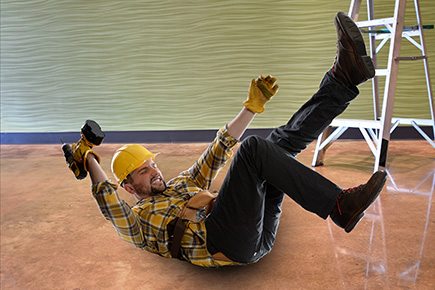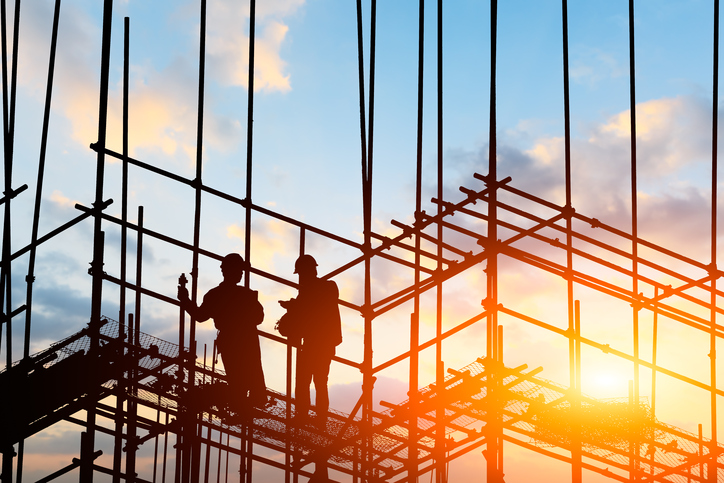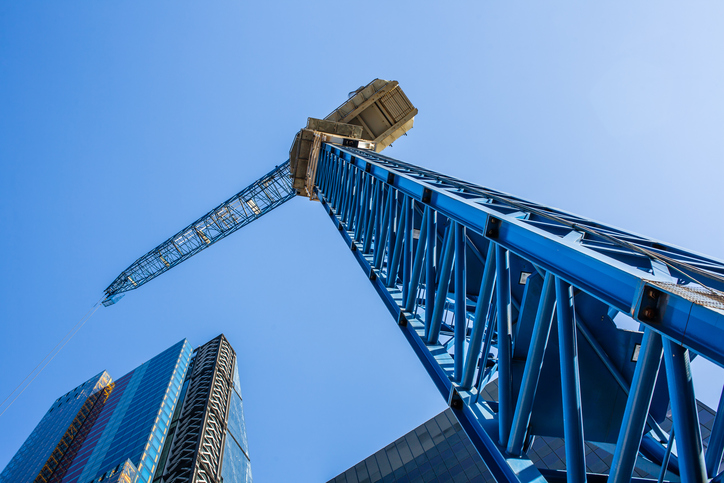Blog

Top 5 Safety Tips for Construction Workers
Construction workers build the country—literally—but they also put life and limb on the line. It’s no secret that this industry has one of the highest rates of fatal accidents and serious injuries, and it certainly doesn’t help that not all construction companies are scrupulous in following safety requirements.
Because of the serious risks involved, construction workers are urged to take matters into their own hands by carefully following safety tips.
#1 Stay focused and aware
It may seem counterintuitive, but one of the most important safety steps you can take doesn’t have anything to do with Job site safety. Fatigued construction workers are much more likely to become injured employees, and so your first safety tip is simply to get enough sleep each night. Getting enough quality sleep will help you stay focused on your work and aware of what’s going on around you, and less likely to have an accident.
#2 Keep your work area clear
Next to you, you should only have the tools and materials you need for the task at hand and nothing more. It’s easy to trip over tools, especially when you’re focused on what you’re doing. Keeping your work area tidy is particularly important when you’re working at height. Many construction workers in New York suffer serious and potentially fatal injuries because of accidents that occur on scaffolding.
#3 Wear personal protective equipment
Employers have a duty to ensure that every construction worker is properly equipped with personal protective equipment, and that they know how to use it and when to wear it. But reality doesn’t always align with safety guidelines. If your employer isn’t providing you with the PPE you need, you shouldn’t hesitate to speak up and request it. If you need to purchase it yourself, it may be tax-deductible. Having appropriate PPE is only half the battle. When you’re in a rush to get a job done by the deadline, it might be tempting to skip going back down the scaffolding to grab protective eye goggles or a dust mask. Remind yourself that your health is more important than a deadline.
#4 Check your tools
Even top-of-the-line tools are prone to damage. Don’t assume that, just because your nail gun or compound miter saw worked fine last time, that it automatically will the next time too. Check the electrical cord for signs of fraying or other damage (and make sure it’s not anywhere near water!), and examine the rest of it for potential problems. Don’t use tools that you suspect might be unsafe.
#5 Become buddies with your doctor
It’s considered standard practice for construction workers to try to tough out an injury or illness. But continuing to work after you’ve torn a rotator cuff or inflamed a bursa sac will definitely make the problem worse. Find a primary care physician you feel comfortable with, and get little issues checked out before they turn into potentially disabling conditions.
New York construction injury attorneys
Construction workers who suffer serious injuries on the job site need strong legal advocates on their side. Aronova & Associates invites you to schedule a complimentary, no-obligation consultation with one of our construction accident lawyers in New York.
Contact Us
Ready to Work for You
Aronova & Associates is a firm for all New Yorkers. Our services are available in multiple languages and tailored to the needs of every client. The first step in providing you with the help you need is a free consultation to discuss your case. When you’re ready to talk, we’re ready to get to work for you.
Hours
Mon - Fri 9 AM to 6 PM
Disclaimer: The submission of our contact form does not form an attorney-client relationship. You may not rely upon this information as legal advice.


